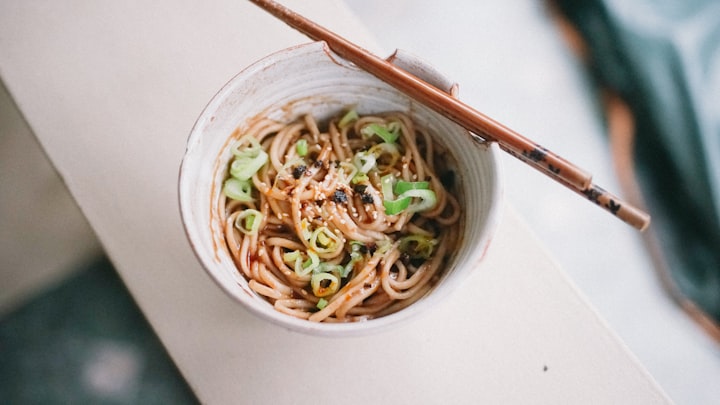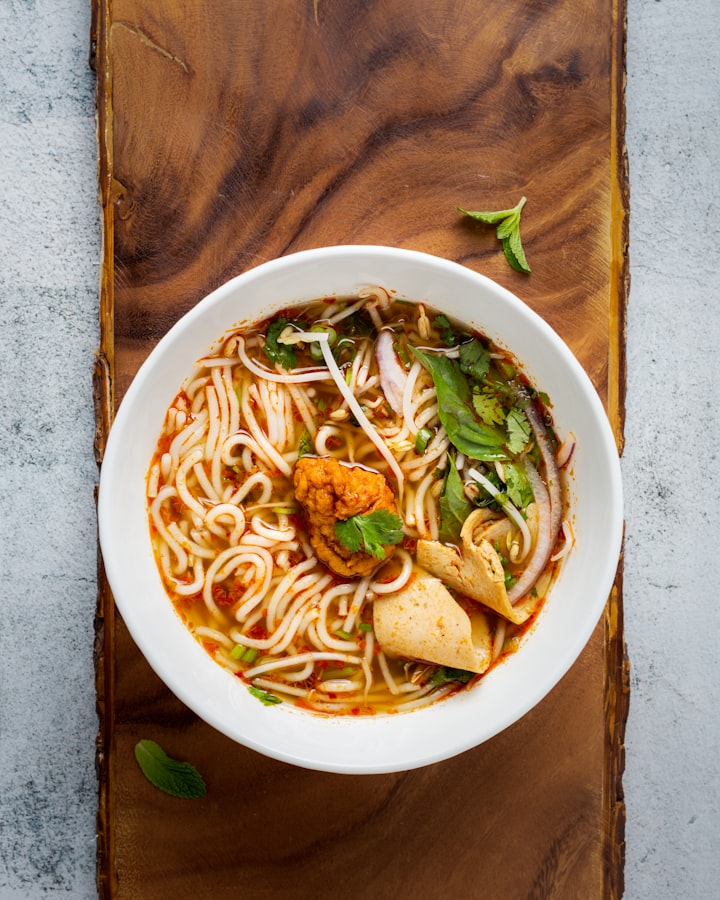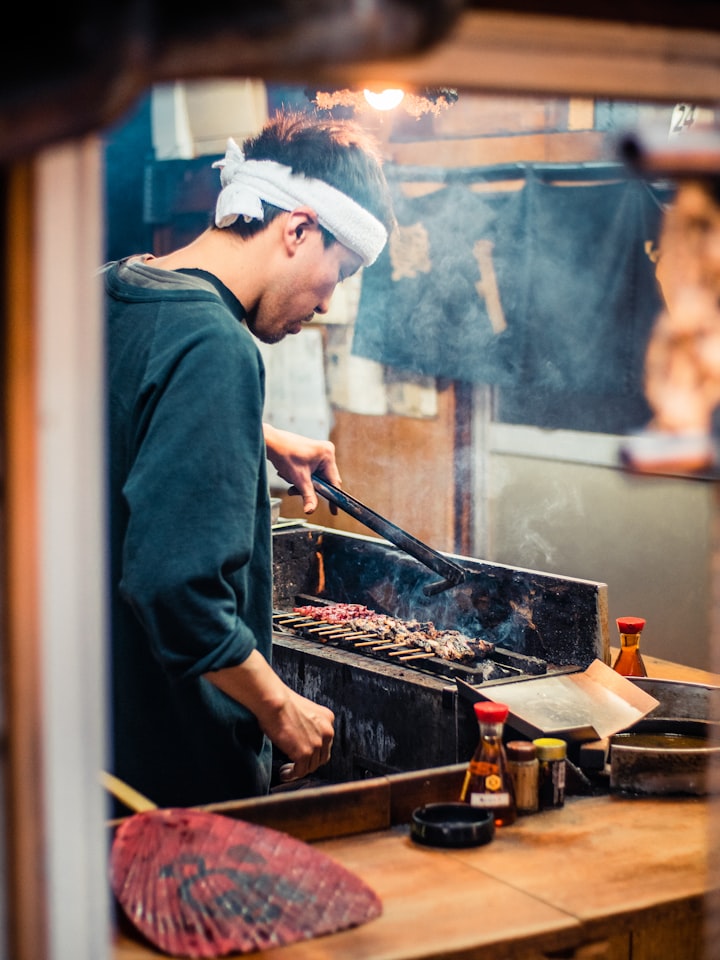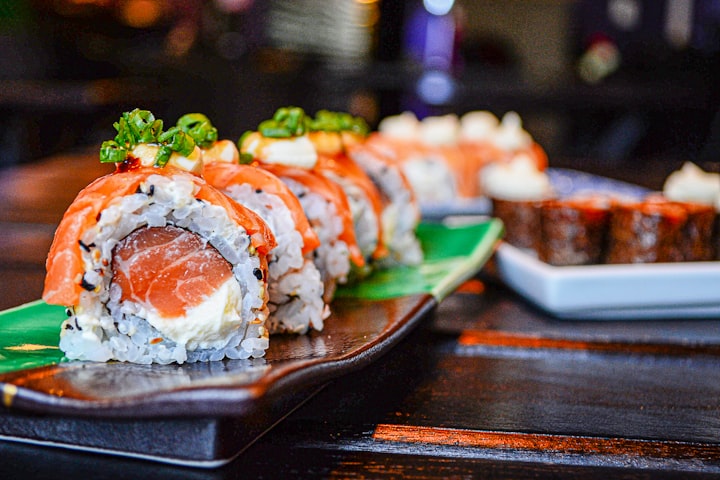
Noodle is the soul of Xián, one of China’s top food cities.
They say there is at least one type of noodle in every town of Shaanxi province — Xi’an is the capital, they are all trying to sell into Xi’an. A newcomer to Xi’an was intrigued by all kinds of noodles on the street. He decided to have a new type of noodle every day and see how many days it would last. One year later, he found himself still having a new noodle every day.
For many working classes, a fast, cheap, fulfilling soup noodle is the best lunch break they can have. After a half-day of hustling and bustling, they crave something fast and soothing. Sitting in front of the giant bowl, the first gulp sends a mouthful of sourness, then calms down both mind and body.
Even I’m on the way to save the world, let me have this 10 minutes of treat.
Vinegar
China is a big vinegar country, while Xi’an is not a big producer. That helps some family-based vinegar farms stay out of shoddy mass production. Driving out of the city you can see a lot of vinegar farms along the hillside, lined up with traditional brewing crocks. Thirty miles or so east of Xi’an is a town called “Qishan”, its recipe for noodle-specialized vinegar dates back to 2500 years ago. Now it dominates the vinegar supply to the thousands of noodle restaurants in Xi’an. The sour soup noodle, therefore, has a more popular name — Qishan Noodle.

Noodle vinegar’s main material is sorghum. A well brewed NV is less sour, less salty, and less dark than the regular type. For the benefit of west visitors, it’s less sour but darker than HEINZ cider vinegar. Its soft taste prevents an intrusion into the whole flavor while ensures an appetizing effect.
Vinegar is not in the center of the bowl. The main ingredient is minced meat, red, gleaming, surrounded by a variety of chopped vegetables, carrot, dried tofu, and lily buds. The meat is mostly pork with fat and skin, simmered over low fire for a long time. The grease is drained out. A list of scent ingredients is added to neutralize the meat smell.
The last step, adding vinegar and chili oil.
Fat but not greasy, scented but not aggressive.
Dry or Soup?
It’s pretty divided among noodle lovers. Arguably there are more dry noodles across the world, probably because they better fit into the plates and forks. But in the East Three — China, Japan, and South Korea, soup noodles are definitely dominant.
I can’t ignore another noodle culture in the big three, or a stigma if you like, is slurping. It’s more related to soup noodles. You think sucking slowly is a grace? Think again. When a piece of noodle, or a couple, slips down the chopsticks, hold your grace. It could mess up your dress, or even worse, it hits the pond underneath and makes a splash.
Practically, noodle is just fast food, it’s never supposed to be nibbled upon. For many locals, stepping into the noodle restaurant and hearing the loud sucking noises, the appetizer is already served.
Frankly, Japan’s Ramen masters make the best soup —but I will tell you why it’s not the best noodle. It seems the refreshing taste of vinegar has a counter effect to the thick, sticky pork soup. They kick vinegar out of the condiment box. South Korea’s ice noodle uses a bit of white vinegar. They intend to keep the soup clear, the noodle white. After all, ice noodles mostly serve as a dessert after a heavy Bulgogi. As result, the noodle has a stiff touch, the soup tastes like water.
Pulling Craft
The biggest problem of noodles in Japan and South Korea, however, is the noodle itself. Noodle pulling masters have been extinct decades ago if they had ever existed. All strings are now machine-made, the overdose of additives gives them a twiggy, yellowish look, the bites are just rough and dry.
In comparison, you will never find a single piece of machine-made in Xi’an’s noodle restaurants. The pulling master is the face of the restaurant. He stands in an open place, facing the customers, proudly shows his craftwork.
The first portion, dough work, is a bit boring to watch. Even the master seems to be bored, too, though he breaks a sweat or two doing it. Endless kneading, stretching, slapping, then the dough rods are pulled out. Each rod is marvelously at the very same weight.
What’s next is a visual feast. He folds the rod in half, holds its two ends, pulls it with open arms. The motion is slow, combined with swingings up and down so that the string is evenly stretched and not broken. Sometimes he hits the wood board while swinging to disperse the lumps in the rod. While the string reaches his full open-arm length, he half-folds it again and repeats the pulling. Each folding will double the number of strings and cut the string size by half.

Both moves are compounded at a truly exponential rate. In a few minutes, a dough rod grows into hundreds of strings, each as thin as a hair. More importantly, they must be unbroken in the bowl and tender in the mouth.
The number of pulling masters has been fast declining because the training takes many years, making it a highly demanded and paid job.
Many family events, like weddings, funerals, hire pulling chefs and serve Qishan noodles at the banquet. The long, unbroken noodle strings resemble a lucky message: Long and Forever.

In some rural areas, there are still some traditions where the newly married wife — after moving into her husband’s family, is expected to make the first meal as Qishan noodle for the big family. They want to see whether she has nimble hands, strong arms, and good cooking skills.
About the Creator
Bond Wang
Hey, I write about life, culture, and daydreams. Hope I open a window for you, as well as for myself.






Comments
There are no comments for this story
Be the first to respond and start the conversation.